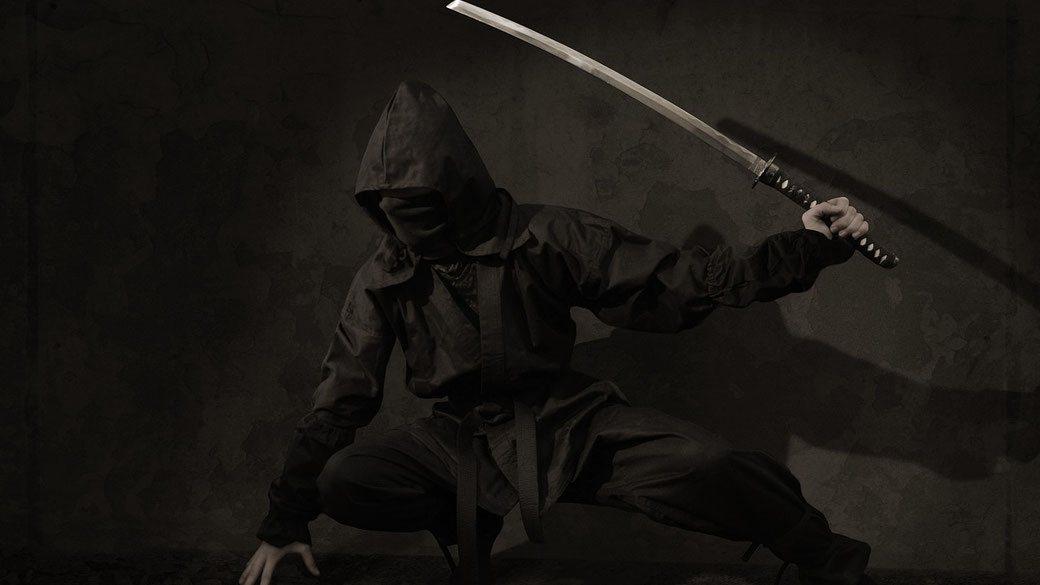Unmasking the myth: The true history of ninjas

Ninjas are one of the most intriguing figures in Japanese history, shrouded in mystery and myth. They are often depicted in pop culture as black-clad assassins, skilled in martial arts and stealth, capable of scaling walls and moving silently.
However, the truth about ninjas is far more complex than these popular portrayals suggest. In this blog post, we will unmask the myth and explore the true history of ninjas.
The Origins of Ninjas
The origin of ninjas can be traced back to the early days of Japan's feudal era, during the 14th century.
At the time, Japan was in a state of constant warfare, and various samurai clans were vying for power.
In such a chaotic environment, covert operations became an essential part of warfare.
This is where ninjas come in - they were initially employed by warlords and powerful samurai to gather intelligence, carry out espionage, and assassinate their enemies.
The ninja's skill set was diverse, and they were trained in many different fields.
They were not just skilled fighters, but also experts in disguise, infiltration, and sabotage.
To carry out their missions successfully, ninjas had to be able to move silently and quickly, use a wide range of weapons and tools, and blend into their surroundings.
They were often used to spy on enemy territories and gather information that could be used to plan attacks.
Ninjas in Action
Contrary to popular belief, ninjas did not always wear black clothing. In fact, they often wore disguises to blend in with their surroundings.
They were known for their ability to adapt to their environment and to use whatever was available to them.
For example, they might dress as peasants, farmers, or even monks, depending on the situation.
Ninjas were also skilled in the use of various weapons, including shuriken, throwing knives, and swords.
They were particularly adept at using short swords and daggers in close combat, and many of their techniques were designed to disable or kill their opponents quickly and efficiently.
Hattori Hanzo: the most famous ninja
Hattori Hanzo was a legendary ninja who was born in 1542 in Mikawa province.
He was the head of a group of ninjas who served the Tokugawa shogunate. He was also known by the name Masanari, and was often referred to as Hattori Masanari Hanzo.
Hattori Hanzo was renowned for his skill as a ninja, and was considered to be one of the best ninjas of his time.
He was known for his expertise in infiltration, disguise, and assassination, and was a trusted advisor to Tokugawa Ieyasu.
Hanzo was instrumental in the founding of the Tokugawa shogunate, and played a key role in securing Tokugawa's position as the ruler of Japan.

The Decline of Ninjas
As Japan entered a period of relative peace in the 17th century, the need for ninjas declined.
Samurai warfare became less common, and the role of the ninja shifted to that of spies and messengers.
Some ninjas became bodyguards or mercenaries, while others worked as farmers or traders.
By the 19th century, the ninja had all but disappeared, and their skills and techniques were forgotten.
Modern popularity
In the 20th century, however, interest in ninjas was reignited, thanks in part to popular culture.
Ninja movies and comic books, as well as video games, brought the ninja back to the forefront of popular culture.
Today, ninjas are celebrated for their skills and bravery, and their legacy continues to inspire new generations of martial artists and action enthusiasts.
Why do they remain famous?
The true history of ninjas is far more complex and nuanced than the popular myths suggest.
While ninjas were indeed skilled fighters and assassins, they were also masters of disguise, infiltration, and espionage.
They played a crucial role in Japan's feudal era, helping to shape the course of warfare and protect their employers.
Although the ninja's role declined as Japan moved towards peace in the 17th century, their legacy lives on through their techniques and stories.
Today, many people are still fascinated by ninjas, and their story continues to inspire new generations.
The techniques developed by ninjas have been incorporated into modern martial arts and self-defense systems, and the ninja's legendary skills continue to be admired by people around the world.
While the myth of the ninja as a black-clad assassin may be enticing, it is important to remember that the true history of the ninja is far more complex and interesting.
By understanding the true nature of the ninja's role in Japanese history, we can appreciate their skills and achievements and pay tribute to their legacy.
What do you need help with?
Download ready-to-use digital learning resources
Copyright © History Skills 2014-2025.
Contact via email
With the exception of links to external sites, some historical sources and extracts from specific publications, all content on this website is copyrighted by History Skills. This content may not be copied, republished or redistributed without written permission from the website creator. Please use the Contact page to obtain relevant permission.





